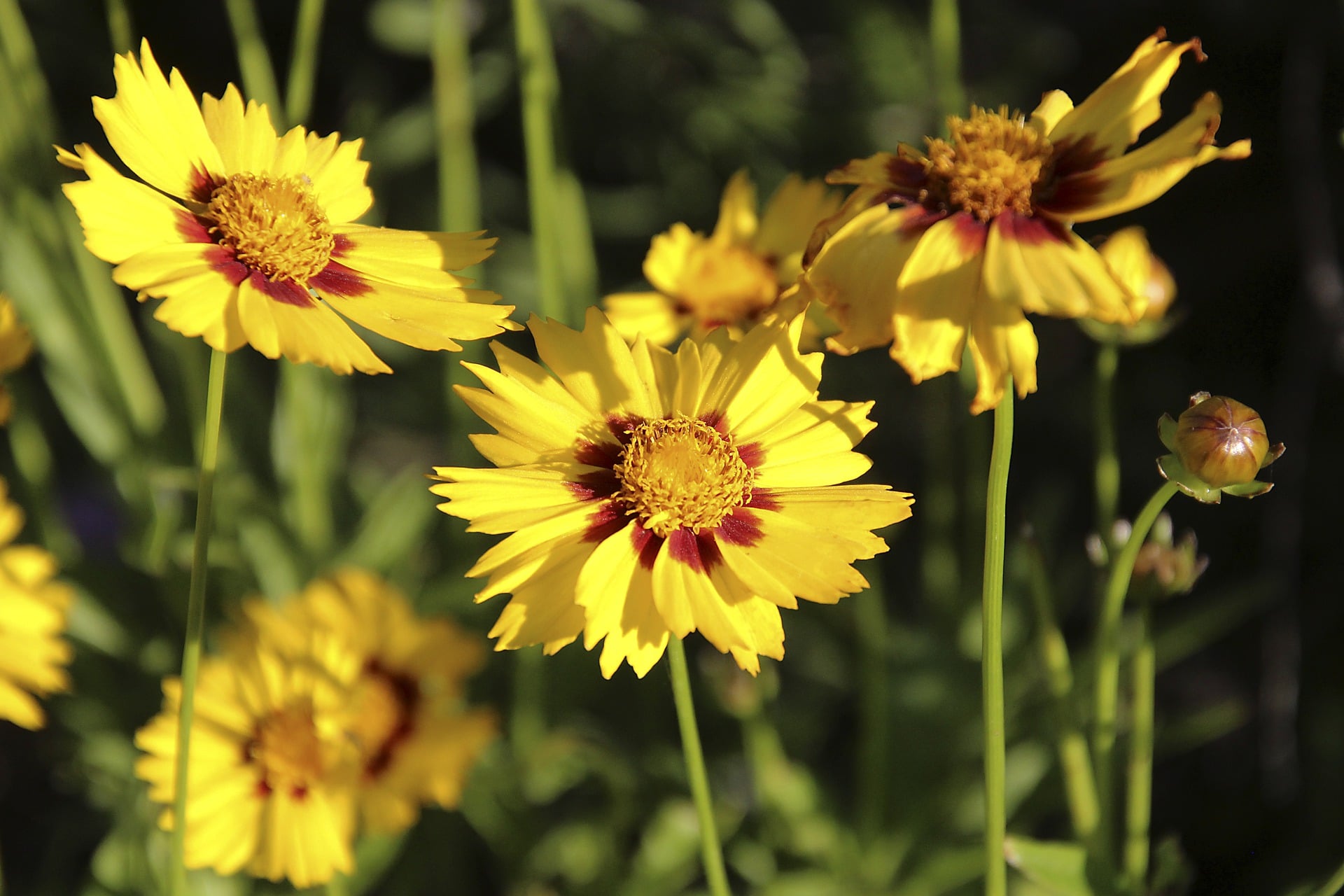If you’re wondering where to plant Coreopsis in your home, you’ll be surprised at the vast number of possibilities available out there. For those that aren’t familiar with what it is, Coreopsis is a type of low-maintenance daisy-like flowering plant that is originally from North and South America. It’s most commonly known as tickseed because of its seed that resembles closely to a tick.
Whether you’re looking to brighten up your garden or planning to create a flower border, Coreopsis can be a perfect addition to your growing flower collection. It’s also a great snack for pollinators like butterflies and bees, which is why they can easily spread throughout the garden once they’re planted. There are over 80 species of coreopsis plants, excluding the hybrids, and all of them are adaptable as they’re able to thrive in poor soil conditions, and most are extremely drought-resistant.

Factors to Consider When Looking for Best Places to Plant Coreopsis
If you’re planning on planting Coreopsis, it’s important to make sure that it receives the right amount of nutrients and light. Although it can tolerate droughts, it won’t be able to produce the best blooms in a less than ideal environmental condition. You can start planting Coreopsis either by planting seeds or buying nursery-grown coreopsis plants and transferring them to your garden.
No matter how you plan on cultivating them, it’s also important to make sure that your Coreopsis is placed in an ideal environment to ensure that they will grow well and produce high-quality flowers. When thinking about where you can plant your Coreopsis, here are the factors that you should take into consideration:
Factor #1: Amount of Light
To enjoy a maximum yield on your Coreopsis, you should place them in an area where they can receive full sun. Coreopsis need to be exposed to sunlight for at least 6 to 8 hours every day. However, in areas where there the summers can get extremely hot, coreopsis plants will do better in areas with partial or afternoon shades.
If your area doesn’t get plenty of sunlight, you can choose to use artificial light. When using artificial light, be sure to keep it on for at least 16 hours a day to ensure maximum growth. Also, it’s better to use fluorescent bulbs as incandescent ones can get too hot and ruin the leaves of your Coreopsis.
Factor #2: Soil Conditions
Another factor to consider is the soil conditions. While most Coreopsis can be resilient to poor sandy or rocky soil, planting its seeds in these soil conditions may not produce the best results. Ideally, coreopsis seeds should be cultivated in well-drained soil, and only when they’re established can they tolerate droughty soils.
Heavy, wet soils can be damaging for Coreopsis as it can affect their ability to survive the harsh winter conditions. If you can, plant your Coreopsis on moist clay soil mixed with compost with a pH between 5.5 to 6.5.
Factor #3: Temperature and Humidity
Coreopsis plants love to thrive in warm weather conditions at temperatures ranging from 70°F to 75°F. That’s why they’re best planted during the early parts of the summer. However, they shouldn’t be left to sit on standing water for too long as it can cause their roots to rot, thus destroying the plant’s integrity altogether.
When planting Coreopsis in high humidity areas, one of the things that the gardener should also look out for is mildew. But the spread can be controlled by deadheading the spent flowers.
Factor #4: How to Grow Coreopsis Plants
You don’t need to have expert knowledge in gardening to plant Coreopsis as the steps involved are straightforward. All you need is to spread moist clay soil over the planting bed placed in an area that receives full sun and press the seeds into the soil. Be sure to keep the soil moist until the plant starts germinating.
Coreopsis plants typically last within 3 to 5 years on average. When you start to notice that the flowers are decreasing, it’s usually a telltale sign that it’s time to divide the plant and place it in a new bed or replant new seeds to replace the declining ones.
Is it Beneficial to Grow Plants in a Mini Greenhouse?
One of the best ways to ensure that your plants receive the right light, nutrients, water, and other necessities is to grow it inside a mini greenhouse. You can also use this enclosed botanical space to grow plants that are past their growing season. What’s more, a mini greenhouse is a perfect choice for greenhouse gardening newbies with limited living spaces.
Other advantages of having a mini greenhouse include the opportunity to grow your own food and spend less on grocery shopping, protection against the constant threat of destructive insects and other animals, and more control over the temperature and humidity levels inside the mini greenhouse.
Where to Plant Coreopsis: Consider the Factors
Factors that include sunlight, temperature, and soil conditions can significantly affect the survival of Coreopsis. When you’re trying to figure out where to plant Coreopsis in your garden, be sure to keep the information above in mind. If you want to enjoy high-quality flowers, you can try to grow one in your greenhouse, where you can have the freedom to control the internal environment.
